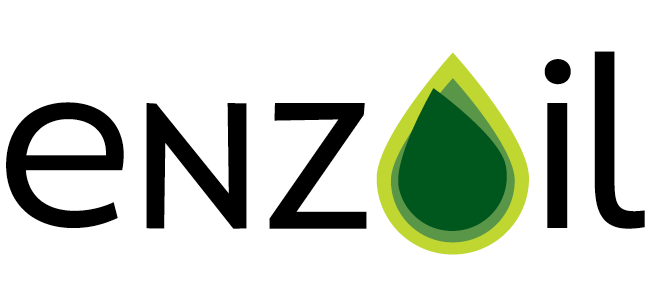FAQ’s
Frequently Asked Questions
Below we answer as simply as we can some common questions that we get asked.
ThisWhat is Transformer Oil?
Transformer Oil is the liquid component of a transformer which is used to cool and insulate the windings. The windings effect the transformation by inducing a current between two closely positioned wires.
Why do we need it?
The process of “transforming” electricity from one voltage (or Amperage) to another creates heat. This heat must be removed to prevent the transformer from becoming dangerously hot and losing efficiency.
What does a transformer do?
Electricity is generated many ways, including hydro, solar, wind, geo-thermal, thermal [coal-oil-gas-biomass-landfill], nuclear, and a number of developing technologies like fusion, tidal, wave power. Ultimately it doesn’t matter how its generated, as it needs to get from the generator to the end user. Transformers take the electric energy in one form (DC, AC, high voltage, low voltage, high amp, low amp) and converts it to another form to enable it to be “pumped” from one place to another. Transformers also change the electricity through steps (up and down) to what we can use in factories, offices and homes. Transformers range in size from big “power stations” to smaller local sub-stations down to power pole mounted units along the street. All these use transformer oil to keep them working.
Why does the oil need to be changed?
Over time the oil becomes damaged by heat, mechanical stress, exposure to oxygen, paper, seals, moisture, and active metals like copper and zinc. As it gets damaged, the oil loses its ability to cool and insulate the transformer windings.
Does it have to be mineral oil?
Actually, no – it doesn’t. Over the years many things have been tried in transformers. Naphthenic mineral oils (high in Naphthenic compounds) have however become the predominant oils in use today as they have been found to be generally cheaper and more reliable than most. Some have been seriously bad, like PCB’s (Poly Chlorinated Biphenyls). PCB’s had great promise as they were really stable and had high flash points, but they were found to be seriously toxic and difficult to dispose of.
What else can be used?
Current alternatives to mineral oil include Silicone Oils and Bio-esters. These are in use, but generally for “special cases” as they are very expensive. They also must be imported which adds to their costs, financial and environmental.
What does eNZoil do?
eNZoil takes used and contaminated Naphthenic transformer oil and runs it through a process that removes the oxidised portions and the contaminants. During and after processing, the oil is tested to ensure it has been purified and meets the international standard IEC60296 requirements. The clean oil is then supplied back to the Transformer operators to be put back into transformers for another life cycle.
How many times can this be done?
Unless contaminated with something really nasty, we can recover Naphthenic transformer oil almost indefinitely. There will always be some small losses in handling and processing, but making up 1 to 5% with new oil is a much better option than having to replace 100% with new oil.
Why not just use new oil?
New oil is expensive and it must be imported as we don’t have the right kind of oil reserves or manufacturing processes in NZ. More importantly – if oil is imported to refill a transformer, the old oil is dumped or burned, or a small amount is turned into other things like chainsaw bar oil or machine cutting oil. Eventually it all ends up being released as carbon dioxide to atmosphere or entering the environment as a toxic pollutant. This impacts NZs carbon footprint as the new oil must be mined and processed, refined, and shipped to NZ all the time generating CO2 and waste products, and consuming fuel. Then the waste oil also must be disposed of.
What about eNZoil’s waste products?
100% of the old oil that comes to us is a “toxic” waste. We turn over 99.45% of that into good oil, and the remainder can be supplied to a local industry eliminating the import of a similar material.
We try to reduce our own waste stream as much as possible. We don’t throw anything away that could be useful. We recycle paper, metals, and plastics where we can. We even redistill and re-use the solvents used in testing the oil. Our processing facility is regenerated after each processing run and is expected to last many hundreds of cycles. When the time comes to eventually replace our processing media, it is harmless and we’ll find a use for it.
How much oil is eNZoil recovering?
We recover in excess of a million litres per year. 2021 and 2022 were slightly less due to Covid-19 impacting the maintenance programs for transformer operators. It is difficult to determine how much of the available oil we are recovering, but we estimate between 20% and 30% of NZ’s used transformer oil is coming to us. We know a large portion of the remaining 70% to 80% is unnecessarily flowing directly into harmful waste streams.
